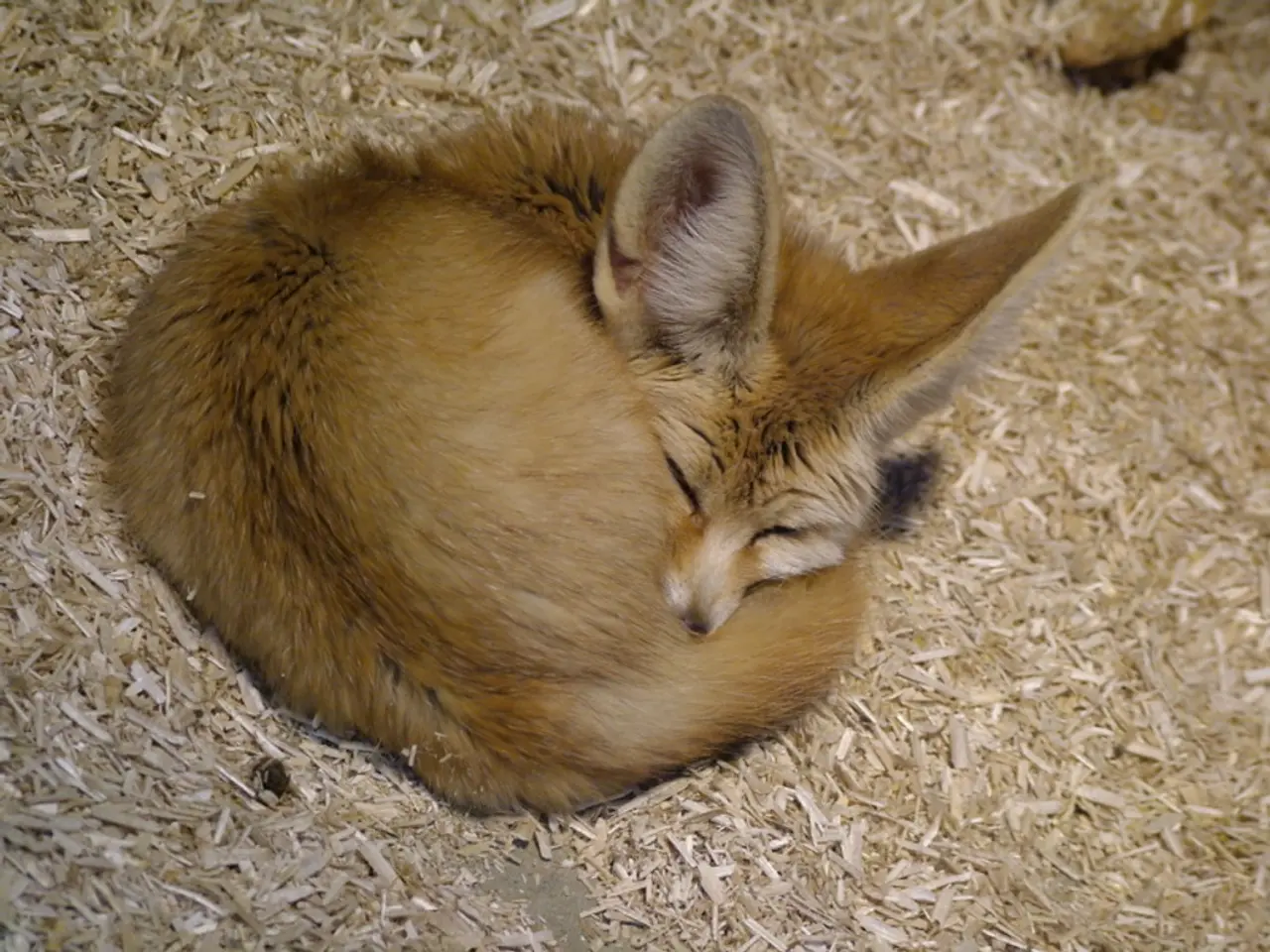Sustainable Solutions for Oxidized Hair: Overcoming the Challenge
In the ever-evolving beauty and hair care industry, meeting consumer demands for sustainability and transparency has become a new challenge. Consumers are increasingly seeking durable and natural hair treatments, basing their purchasing decisions on brands that share their ideals and values, including environmental concern.
One of the key issues addressed by these eco-conscious brands is hair color oxidation. This process, triggered by UV rays, chemicals, or hair treatments, can lead to hair protein loss and color changes. Two primary culprits behind these oxidation-induced changes are UVB and UVA rays.
Effective natural anti-oxidation strategies in sustainable hair dyes rely on antioxidant vitamins, plant oils, herbal colorants, and moisturizing botanicals that protect hair fibers and maintain color stability without synthetic chemicals.
Aloe Vera, Hyaluronic Acid, and Silk Protein are among the key ingredients that protect hair during oxidation processes. They moisturize and strengthen hair fibers, enhancing color longevity and shine in formulations like ionic permanent dyes.
Vitamin C derivatives, such as Ascorbic Acid or Ascorbyl Palmitate, act as antioxidants that neutralize free radicals generated during hair color oxidation and protect the hair cuticle. Vitamin C is often plant-derived and supports color stability in natural or organic dyes.
Plant oils like Jojoba, Castor, Linseed, and Oleic Acid create a protective barrier and nourish hair, reducing oxidative damage from hair dyes. Most of these oils are biodegradable and sourced sustainably, commonly found in organic hair products.
Herbal powders like Henna, Indigo, Red Clay, and various plant extracts provide natural coloring compounds that bind to the hair shaft without aggressive chemical oxidation, promoting more stable color over time when properly processed.
Honey and Chamomile Tea, when mixed with mild acidic agents like lemon juice, aid gradual oxidation with moisturizing benefits. Chamomile soothes sensitive scalps, while honey adds gentle color boosting, favoring lighter hair shades.
Rosemary Oil and Vitamin E (Tocopheryl Acetate) act as antioxidants that protect hair and scalp from oxidative stress, commonly used in organic hair dyes to enhance color durability and hair health.
In response to this sustainability paradigm, Provital has developed Kerarice, an active ingredient designed to protect hair fibers from oxidative damage caused by solar radiation. Manufactured using waste resulting from the milling of rice species, Kerarice contributes to the circular economy.
Kerarice protects essential amino acids in the hair fiber, such as tryptophan, from radiation-induced aggression. It forms ionic or hydrogen bonds with hair and acts as a hair cuticle repair agent, exercising a repairing action on hair fibers from the inside.
Kerarice is capable of preventing hair protein degradation, strengthening hair and minimizing breakage. It is an active ingredient designed to protect hair fibers from oxidative damage caused by solar radiation.
The hair care market is expected to grow by over 3% due to consumer demand for innovative and scientific solutions. Many hair care companies are responding to this demand, with 45% of the top 10 global hair care ingredient claims including a reference to natural ingredients.
In conclusion, the future of hair care lies in sustainable and natural solutions that protect hair from oxidative damage while maintaining color stability. Ingredients like Kerarice play a crucial role in this shift towards a greener and more transparent hair care industry.
- Eco-conscious brands in the beauty and hair care industry are addressing the issue of hair color oxidation, a process that leads to hair protein loss and color changes.
- Natural anti-oxidation strategies in sustainable hair dyes involve antioxidant vitamins, plant oils, herbal colorants, and moisturizing botanicals to protect hair fibers and maintain color stability.
- Aloe Vera, Hyaluronic Acid, Silk Protein, Jojoba, Castor, Linseed, and Oleic Acid are key ingredients that protect hair during oxidation processes, nourishing and moisturizing hair fibers for longer color longevity and shine.
- Vitamin C derivatives, such as Ascorbic Acid or Ascorbyl Palmitate, neutralize free radicals during hair color oxidation and protect the hair cuticle, supporting color stability in natural or organic dyes.
- Herbal powders like Henna, Indigo, Red Clay, and plant extracts provide natural coloring compounds that bind to the hair shaft without aggressive chemical oxidation, promoting more stable color over time.
- In response to the growing demand for sustainable solutions, Provital has developed Kerarice, an active ingredient made from waste rice species, protecting hair fibers from solar radiation-induced aggression, preventing hair protein degradation, and strengthening hair to minimize breakage.




